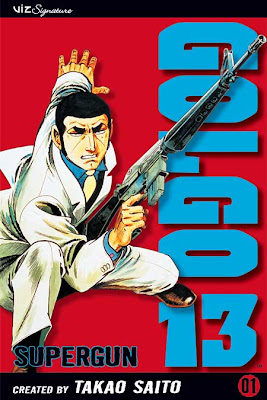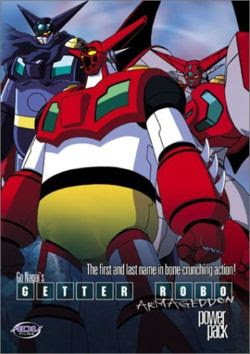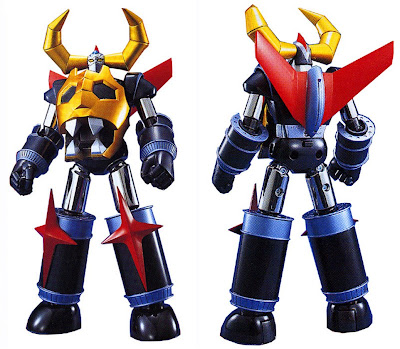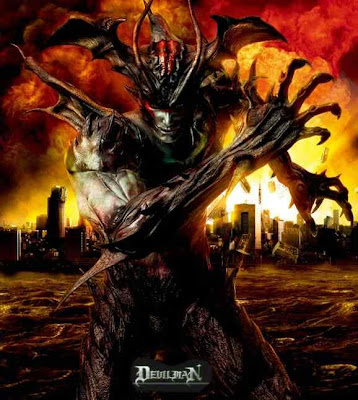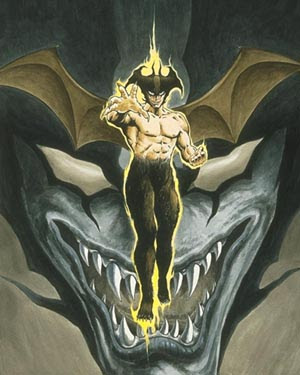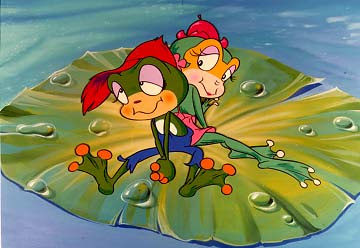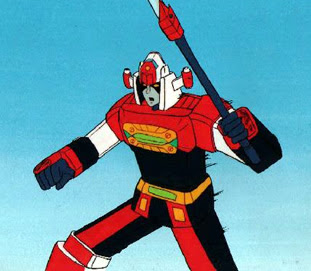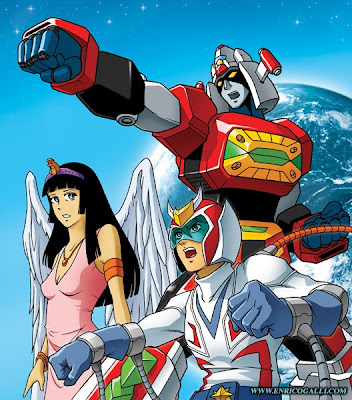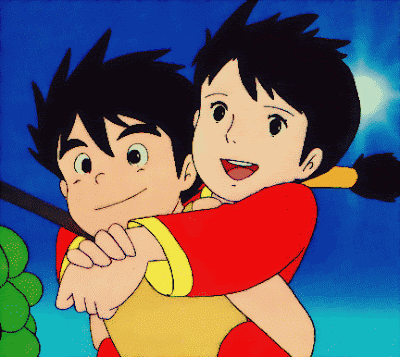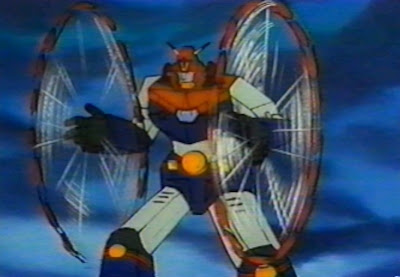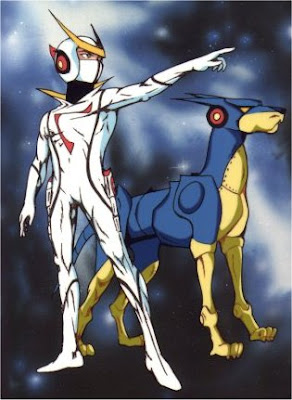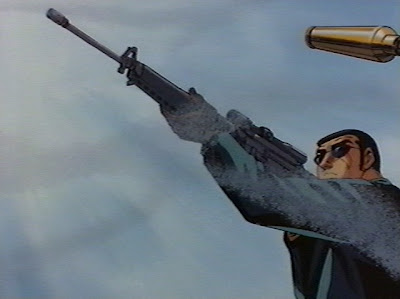
Golgo 13's name is derived from the 13th hill of Golgotha, where Jesus was crucified.
As the writer did not know if a dark character and anti-hero themes would catch on, Golgo 13 laughed, made funny jokes, and displayed more emotion in earlier episodes.
Golgo 13 rarely shakes hands with others to avoid the risk of his right arm being harmed in any way.
He refuses to take a job if the contractor does not explain the reasons for contracting the hit (perhaps a plot device to allow background explanation).
Golgo 13 has never on any occasion referred to or introduced himself to others as "Golgo 13". On the occasion that he does have to introduce himself, it is usually with an alias.
He does not allow anyone to contact him twice, nor does he "report back" after a successful hit.
The first animated Golgo 13 movie was released in 1983 and called simply Golgo 13. During its releases in the U.S. it was given the title The Professional: Golgo 13. This is not to be confused with the live-action film The Professional which also had a hitman as a protagonist.
Both live action Golgo 13 films were produced by Toei Co. Ltd. In the rarely seen first live action film, Golgo 13, produced in 1973, he was portrayed by actor Ken Takakura. In the second live action film, Kowloon Assignment, produced in 1977, Golgo 13 was portrayed by actor and martial artist Sonny Chiba.
Golgo 13 was in two video games for the Nintendo Entertainment System: Golgo 13: Top Secret Episode and The Mafat Conspiracy: Golgo 13 II, Golgo 13 also appeared in a light gun arcade game that was released only in Japan.
His distinct visual style (his hair, grim expression) were reportedly the inspiration for Masahiro Chono's reinvention of his wrestling persona.
Takao Saito is also the author of the 4 issue James Bond manga that was published in 1964.
He had a slight Cameo in the Anime/Manga Gantz as the Sniper Dude in the third game
As the writer did not know if a dark character and anti-hero themes would catch on, Golgo 13 laughed, made funny jokes, and displayed more emotion in earlier episodes.
Golgo 13 rarely shakes hands with others to avoid the risk of his right arm being harmed in any way.
He refuses to take a job if the contractor does not explain the reasons for contracting the hit (perhaps a plot device to allow background explanation).
Golgo 13 has never on any occasion referred to or introduced himself to others as "Golgo 13". On the occasion that he does have to introduce himself, it is usually with an alias.
He does not allow anyone to contact him twice, nor does he "report back" after a successful hit.
The first animated Golgo 13 movie was released in 1983 and called simply Golgo 13. During its releases in the U.S. it was given the title The Professional: Golgo 13. This is not to be confused with the live-action film The Professional which also had a hitman as a protagonist.
Both live action Golgo 13 films were produced by Toei Co. Ltd. In the rarely seen first live action film, Golgo 13, produced in 1973, he was portrayed by actor Ken Takakura. In the second live action film, Kowloon Assignment, produced in 1977, Golgo 13 was portrayed by actor and martial artist Sonny Chiba.
Golgo 13 was in two video games for the Nintendo Entertainment System: Golgo 13: Top Secret Episode and The Mafat Conspiracy: Golgo 13 II, Golgo 13 also appeared in a light gun arcade game that was released only in Japan.
His distinct visual style (his hair, grim expression) were reportedly the inspiration for Masahiro Chono's reinvention of his wrestling persona.
Takao Saito is also the author of the 4 issue James Bond manga that was published in 1964.
He had a slight Cameo in the Anime/Manga Gantz as the Sniper Dude in the third game
technorati tags: japanese anime,anime manga ,japan ,hot anime,adult anime
